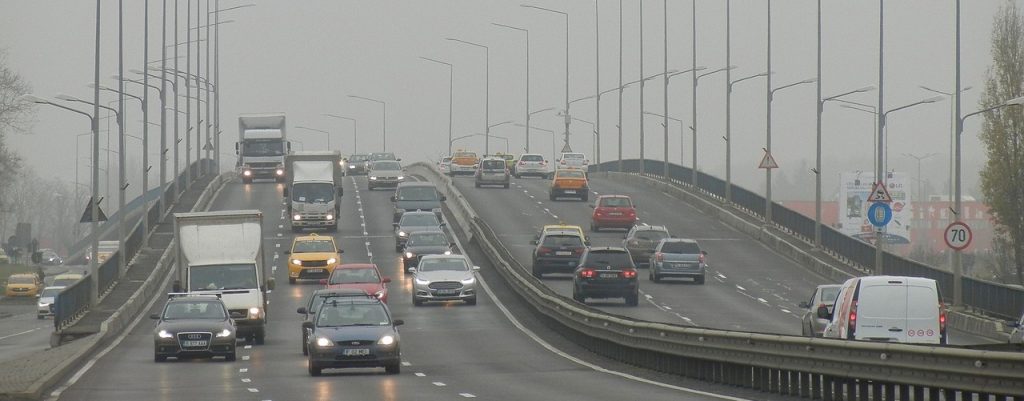Reviled by many drivers, the Diesel Particulate Filter (DPF) is a fixture on modern diesel vehicles. Is it time we started learning to love them — or at least how to live with them?
There’s no doubt about it: Diesel Particulate Filters have made life more complicated for many drivers. Compulsory on diesel vehicles since 2009, the DPF can mean increased fuel consumption, inconvenient changes to driving habits and — for some — eye-wateringly expensive repairs. As nobody wants all that, the DPF is about as popular as a verucca at a swimming pool.
In this two part post, we’ll look at whether the DPF deserves its bad press and what you can do to live with one.
So, what’s a DPF again?
The Diesel Particulate Filter (DPF) is part of the exhaust system of diesel vehicles that reduces the amount of pollution emitted. The combustion of diesel within an engine produces fine particles of carbon (soot) which are injurious to health: the DPF typically removes 85% or more.
DPFs had been fitted to a proportion of diesel road vehicles since the 1980s, but were not adopted by all manufacturers. In the 2000s, rising concern about air quality led the EU to bring in more stringent manufacturing standards. In 2009, the Euro 5 standard made the DPF mandatory for all new diesel vehicles operating in Europe.
Importantly, the DPF can only hold a limited amount of soot without becoming clogged. To address this, when the filter operates above around 500°C, it burns the accumulated soot into a smaller volume of ash. This ‘regeneration’ process occurs in two ways:
- passive regeneration, which happens when the car is driven for an extended and uninterrupted period (such as on a motorway trip).
- active regeneration, which happens when the car’s engine control unit (ECU) senses regeneration is required. It then injects more fuel into the cylinders, raising the exhaust temperature.
The regeneration process is essential to the DPF. Without regeneration, the DPF filter will become unusable and need to be replaced.
The DPF: costly and inconvenient?
The majority of the DPF’s problems centre on this regeneration process. For owners who regularly spend time on the motorway or fast A roads, this is rarely a concern. Their regeneration takes place passively, as their high exhaust temperatures burn through the soot without the ECU having to intervene. However, it’s a different story when diesels are habitually used for short and/or stop-start journeys. Then, as the soot level rises, the ECU is forced to take over and initiate active regeneration. During this, drivers may notice:
- increased fuel consumption
- increased idling speed
- an acrid smell
- deactivation of stop-start systems.
If despite its best efforts, the engine can’t maintain a high enough temperature (for example, if you switch the engine off halfway through), then regeneration will be incomplete. The owner would then need to take a longer journey to allow the ECU to perform a complete regeneration cycle. Lack of adequate regeneration is a major cause of DPF failure.
So, diesel drivers doing short journeys may be forced to change their habits to avoid an expensive DPF repair. And we do mean expensive: replacing the unit often costs north of £1000.
Unfortunately, that’s not the end of the bad news. Even with regeneration, the DPF doesn’t last forever. According to the Honest John website, a properly maintained DPF should last around 100,000 miles. As diesels typically have a lifespan well beyond this, it means that many owners may scrap their vehicles prematurely because it’s uneconomic to replace the filter.
In Part Two of the article, we will look the positives of the DPF, and what you can do to live with it.
Whether your vehicle is Skoda, VW, Audi or SEAT (or any other marque), WVS are here for your MOT, servicing and repair needs. Please get in touch with our friendly team.

